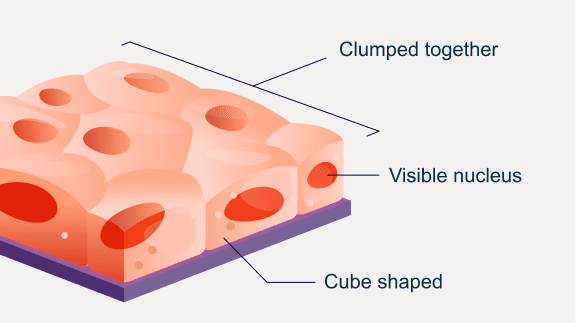Mesothelioma Life Expectancy – Treatment vs. Non-Treatment Approaches
The average life expectancy for mesothelioma patients can vary dramatically based on whether treatment is pursued or not. This rare, aggressive cancer, typically linked to asbestos exposure, presents a challenging prognosis. Let’s explore how different choices can impact both longevity and well-being, and equip you with the knowledge to make informed decisions on this difficult journey.
Life Expectancy with Treatment
Treatment Options and Their Impact
Mesothelioma treatment typically involves a combination of surgery, chemotherapy, and radiation therapy. Multimodal approaches have shown promise in extending life expectancy.
Advantages of Pursuing Treatment
- Extended survival time: Treated patients live an average of 12-21 months post-diagnosis[1].
- Improved quality of life: Symptom management can significantly enhance daily living.
- Potential for long-term survival: About 12% of pleural mesothelioma patients survive beyond 5 years with treatment[1].
Disadvantages of Treatment
- Side effects: Treatments can cause various side effects, impacting quality of life.
- Financial burden: Treatment costs can be significant.
- Emotional toll: The rigorous treatment schedule can be psychologically taxing for patients and families.
Life Expectancy without Treatment
Natural Course of Mesothelioma
Without intervention, mesothelioma progresses rapidly. Symptoms intensify, and patients typically experience significant decline in respiratory or digestive function, depending on the type of mesothelioma.
Benefits of Forgoing Treatment
- Avoiding treatment-related side effects
- Focus on quality of life
- Reduced medical expenses
Drawbacks of Non-Treatment Approach
- Shorter life expectancy: Untreated patients live an average of 6 months post-diagnosis[2].
- Rapid disease progression
- Limited palliative options
Key Comparison Factors
Survival Time
Treated patients survive longer on average than untreated patients. While treatment extends life, some patients have lived for several years post-diagnosis with aggressive treatment.
Quality of Life Considerations
Treatment can improve symptom management but may introduce new challenges. Untreated patients often report better quality of life initially but experience rapid decline as the disease progresses.
Impact of Mesothelioma Type and Stage
Peritoneal mesothelioma patients receiving treatment have a 5-year survival rate of about 65%, compared to pleural mesothelioma’s 12%[1]. Early-stage patients benefit most from treatment.

Side-by-Side Comparison
| Factor | With Treatment | Without Treatment |
|---|---|---|
| Average Life Expectancy | 12-21 months[1] | 6 months[2] |
| 5-Year Survival Rate (Pleural) | 12%[1] | <1% |
| Quality of Life | Variable, potential for improvement | Initially better, rapid decline |
Conclusion – Deciding on Mesothelioma Treatment
The journey through mesothelioma treatment is deeply personal, with no one-size-fits-all solution. While treatment offers extended life expectancy, it’s not just about the numbers. Quality of life, financial considerations, and individual health status all play crucial roles in this decision. It’s essential to have frank discussions with your healthcare team, considering factors like cancer stage, overall health, and personal goals. Remember, the “right” choice aligns with your values and circumstances.
